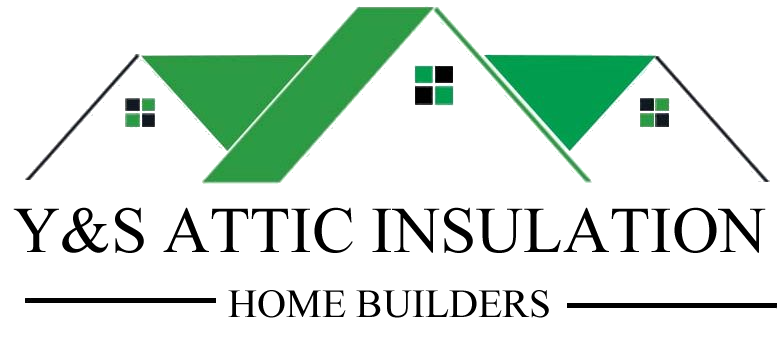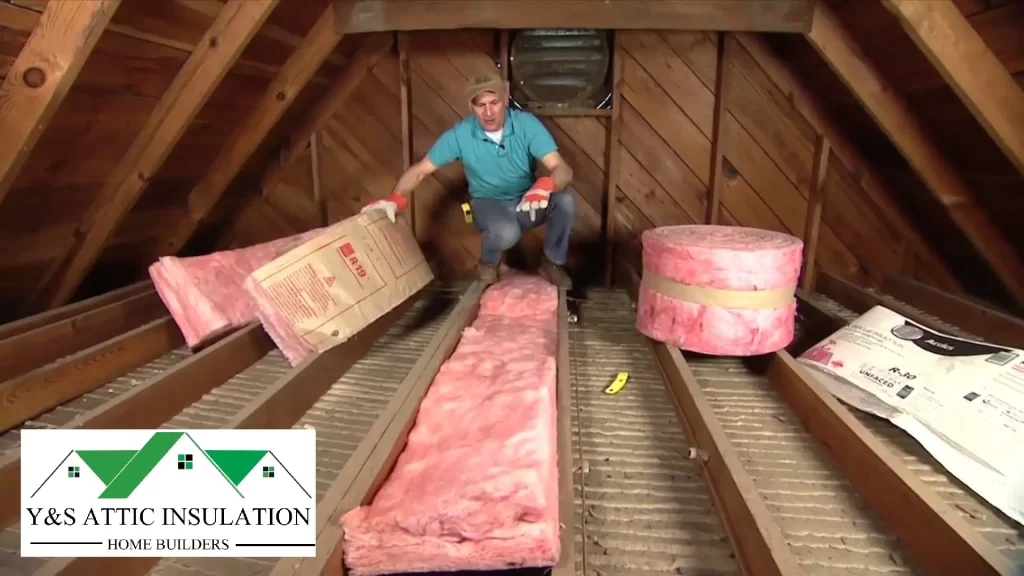When it comes to optimizing your home’s energy efficiency, one of the most critical areas to consider is your attic. Proper attic insulation not only helps to regulate temperature but also plays a significant role in reducing energy costs and enhancing overall comfort. In this guide, we’ll delve into the fundamentals of attic insulation, including the various materials used and installation techniques.
The Importance of Attic Insulation
Attic insulation acts as a barrier between your living space and the outside environment, helping to minimize heat transfer and maintain consistent indoor temperatures. This is particularly crucial in regions like Ventura County, where extreme temperatures can impact energy usage and comfort levels throughout the year.
Common Materials Used
There are several materials commonly used for attic insulation, each with its own unique properties and benefits:
Fiberglass Insulation:
Fiberglass insulation is one of the most popular choices for attic insulation. It consists of tiny glass fibers that trap air, providing excellent thermal resistance and energy efficiency.
Cellulose Insulation:
Made from recycled paper products treated with fire retardants, cellulose insulation is eco-friendly and offers good thermal performance. It is often blown or sprayed into attic spaces to fill gaps and create a seamless barrier against heat transfer.
Spray Foam Insulation:
Spray foam insulation expands upon application, filling gaps and cracks to create an airtight seal. While it tends to be more expensive than other options, it provides superior insulation and air sealing properties.
Installation Techniques
Proper installation is key to maximizing the effectiveness of attic insulation. Here are some essential techniques to consider:
Air Sealing:
Before installing insulation, it’s crucial to seal any air leaks in your attic space. This includes sealing around ducts, pipes, and electrical wires, as well as any gaps or cracks in the attic floor or walls. Air sealing helps to prevent heat loss and improve energy efficiency.
Proper Ventilation:
Adequate attic ventilation is essential for preventing moisture buildup and maintaining healthy indoor air quality. Consider installing vents or fans to ensure proper airflow throughout the attic space, especially in regions like Ventura County where humidity levels can fluctuate.
Uniform Coverage:
When installing insulation, ensure that it is evenly distributed throughout the attic space to achieve uniform coverage. This helps to minimize thermal bridging and maximize energy efficiency.
In brief, investing in proper attic insulation is a smart decision for any homeowner looking to improve energy efficiency and enhance comfort levels. By understanding the different materials available and implementing effective installation techniques, you can create a more comfortable and energy-efficient home environment for years to come. Don’t overlook the importance of attic insulation—take action today to start reaping the benefits!
Learn more about Attic insulation:

